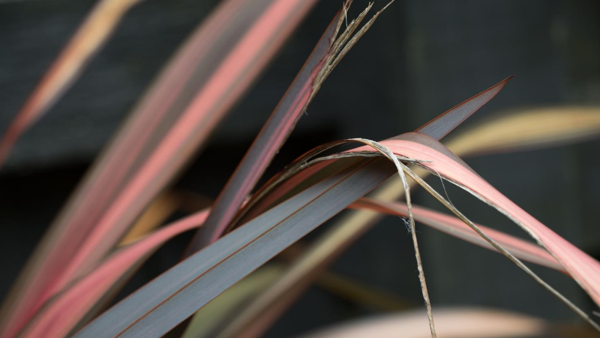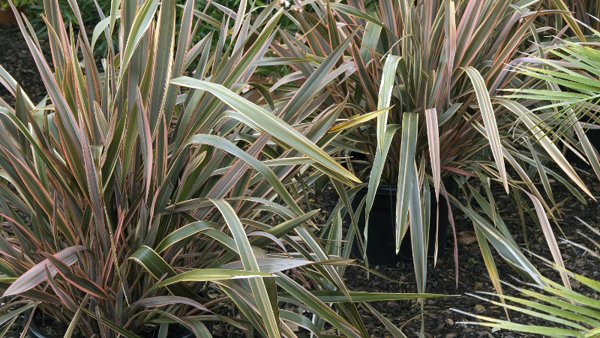Yates Account
Join now
Create a Yates account today!
Sign up to join the Yates Garden Club for monthly e-mails packed with seasonal inspiration, tips for success & exclusive promotions.
Plus if you’re a Garden Club member you can take part in the Yates Growing Community - a blog to share successes, get advice & win prizes in fun challenges along the way!

Forgot password
Enter the email address associated with your account, and we'll email you a new password.

How to grow Flax in a garden
- Choose a full sun to part shade position with well drained soil.
- Enrich the soil with Yates Dynamic Lifter Organic Plant Food. If the soil is clay based, add gypsum and fork in well.
- Dig the planting hole twice as wide and to the same depth as the root-ball. Remove the plant from the container and gently tease the roots.
- Position in hole and backfill, gently firming down. Form a raised ring around the plant, creating a well so that water will go where it’s needed most. Water in well.
- Mulch with an organic mulch like bark/woodchip or pea straw, keeping it away from the base of the plant.
- Water deeply, once or twice a week, depending on weather conditions.
- During the growing and flowering season feed with Yates Thrive All Purpose Granular Plant Food. TIP: for an added boost apply Yates Thrive All Purpose Liquid Plant Food.


How to grow Flax in a pot
There are two main Flax species including P. tenax (Harakeke) and P. cookianum (Wharariki) and within each species there are many different cultivars, each growing to different dimensions. Larger growing varieties (2-3m tall) will require a very large pot (at least 1m wide), while dwarf varieties (35-75 cm tall) will only need a small pot (30-50cm wide).
- Position in full sun to part shade and fill with quality potting mix, such as Yates Premium Potting Mix.
- Remove the plant from the container and gently tease the roots.
- Position in hole and backfill, gently firming down. Water in well.
- Water deeply, once or twice a week, depending on weather conditions.
- During the growing season apply Yates Thrive All Purpose Liquid Plant Food. Throughout the year apply Yates Thrive Fish Blood & Bone Plant Food Concentrate.
Growing tips
-
To keep the plant looking at its best, remove any of the older or damaged leaves.
- This plant can be easily propagated through division in late autumn by carefully removing it from the ground or the pot and dividing into separate clumps with a spade.
- Great for use in high pollution areas and around swimming pools or beach front properties.
- Flax can tolerate some periods of drought but long periods of heat and lack of water can cause the tips of the leaves to go brown and look tatty.
- There are many cultivars available that offer a wide range of coloured foliage from yellow, green, bronze, red, pink to deep purple, as well as charming variegated varieties.
- Lovely feature plant for pots or bordered areas to create tall contrasting colour and texture up to 2.5 metres in height.
















Share
Share this article on social media